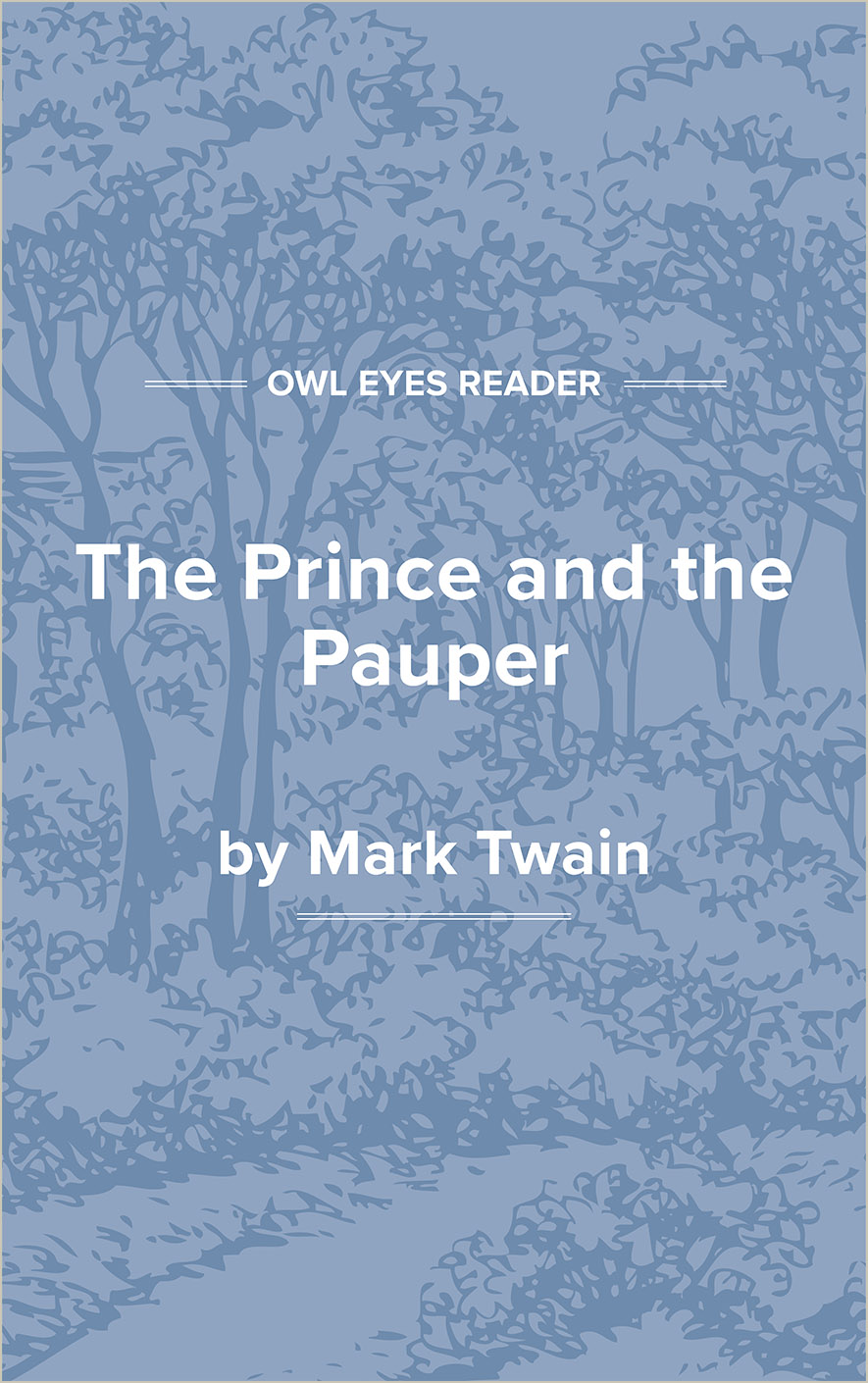Study Guide
Summary
In The Prince and the Pauper, Twain brought together several of his literary interests. His interest in old European civilization, which had been so successfully employed in his travel book The Innocents Abroad and had been essayed again in A Tramp Abroad (1880), is here focused on England, with emphasis upon life in London. (He will come back again to the theme in A Connecticut Yankee in King Arthur’s Court, which also returns to the idea of taking the novel back into the past.) The novel does not forget the part of Twain’s literary gift that is most celebrated: his interest in boys and how they cope in situations that are not without serious consequences. Twain also had wider ambitions for the novel, and he makes use of it to comment upon politics, social problems, and the relations between children and parents or, as often is the case in his books, surrogate parents.
The book is directly related to the fairy tale genre, and it starts simply enough with the unusual, but not impossible, idea that a London street urchin, who looks surprisingly like Prince Edward, is taken into the palace by the prince. They innocently change clothes, and the prince goes off to chide the guard who mistreated his new friend, only to be thrown out on to the street despite his claim that he is the prince. Then the real trouble starts, both for him and for Tom Canty, the beggar boy, for whom the danger is less physically obvious but potentially serious if he is discovered to be an imposter.
Twain then begins an interleaved narrative of the adventures of the two boys, both determined to get back their identities. However much they protest, they fail to impress and are considered mad. Tom, sensing how precarious his situation is in the palace, goes about accumulating as much knowledge as he can about how he ought to act, hoping to wait out the absence of the prince. His task is complicated by the death of the king and the subsequent need for the prince to take a serious role in governing the country even before he is crowned. Pleased in part by the comforts of his position, he brings his native intelligence and his guile to bear on the problem, but he is determined eventually to clear up the matter.
The prince’s situation is much more difficult. Tom’s brutal father catches up with him and, mistaking him for Tom, proceeds to give him his daily beating. The prince is always less flexible than Tom, and he never admits to anyone that he is not the royal child; indeed, he is determined to play the ruler even in rags. Only the chance help of Miles Hendon, a gentleman-soldier home from the wars, protects him, and even Hendon has difficulty keeping the prince out of trouble. Hendon thinks he is mad, but he likes the boy and is prepared to be patient with him, hoping that in time, he will be drawn out of his madness by kindness.
Both boys, caught in radically different situations quite beyond their former experience, respond admirably, if the prince is always somewhat less agile in dealing with problems than Tom. All the obvious problems of rags and riches are displayed, sometimes with comic intent but often with serious concern. Twain uses the switched identities for purposes beyond the study of character or comic...
(The entire page is 866 words.)
Owl Eyes subscribers get unlimited access to our expert annotations, analyses, and study guides on your favorite texts. Master the classics for less than $5/month!

